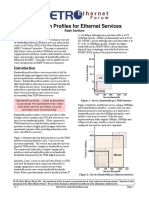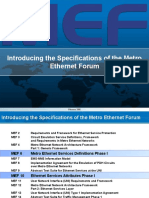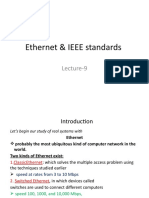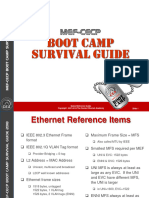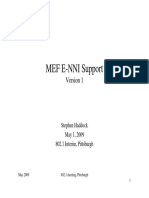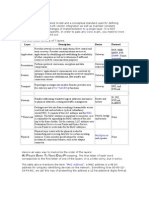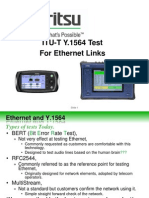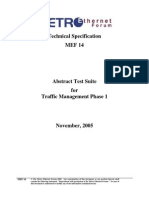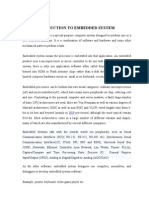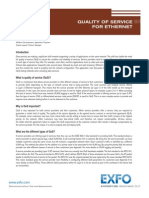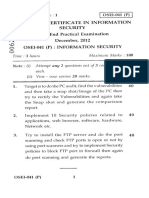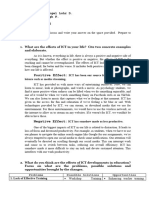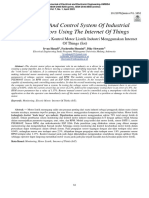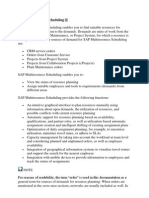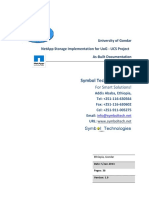0% found this document useful (0 votes)
47 views6 pagesAcronym & Definition Guide for Ethernet Services
Uploaded by
joshua.lin.2009Copyright
© © All Rights Reserved
We take content rights seriously. If you suspect this is your content, claim it here.
Available Formats
Download as XLSX, PDF, TXT or read online on Scribd
0% found this document useful (0 votes)
47 views6 pagesAcronym & Definition Guide for Ethernet Services
Uploaded by
joshua.lin.2009Copyright
© © All Rights Reserved
We take content rights seriously. If you suspect this is your content, claim it here.
Available Formats
Download as XLSX, PDF, TXT or read online on Scribd
/ 6


